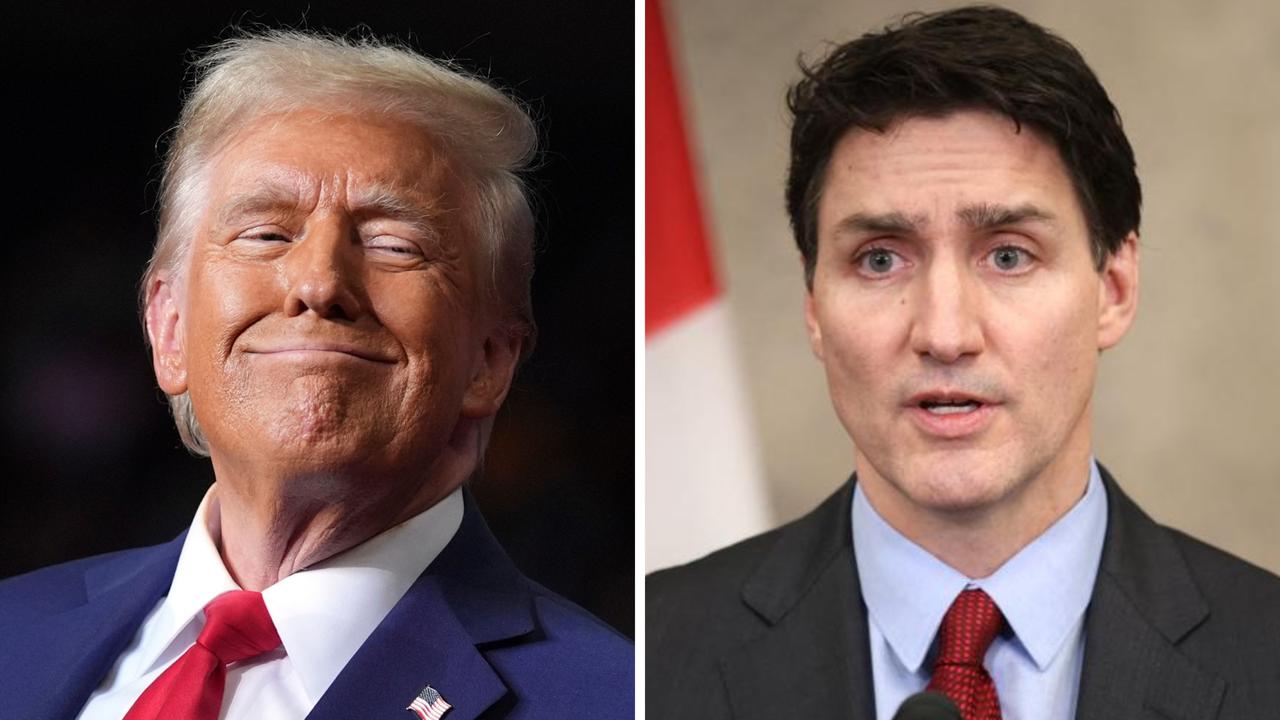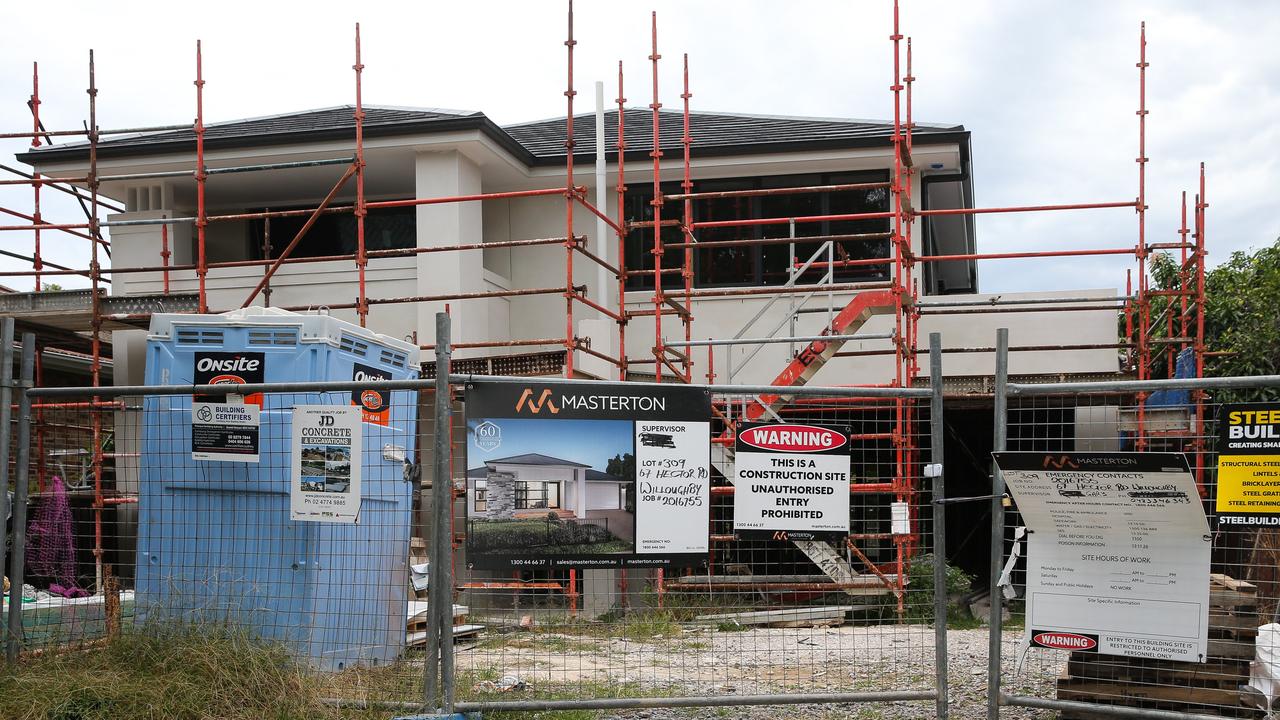Empty Evergrande buildings reveal massive problem facing China
As Evergrande faces total ruin, countless empty, uncompleted buildings prove just how catastrophic China’s real estate crisis could be.
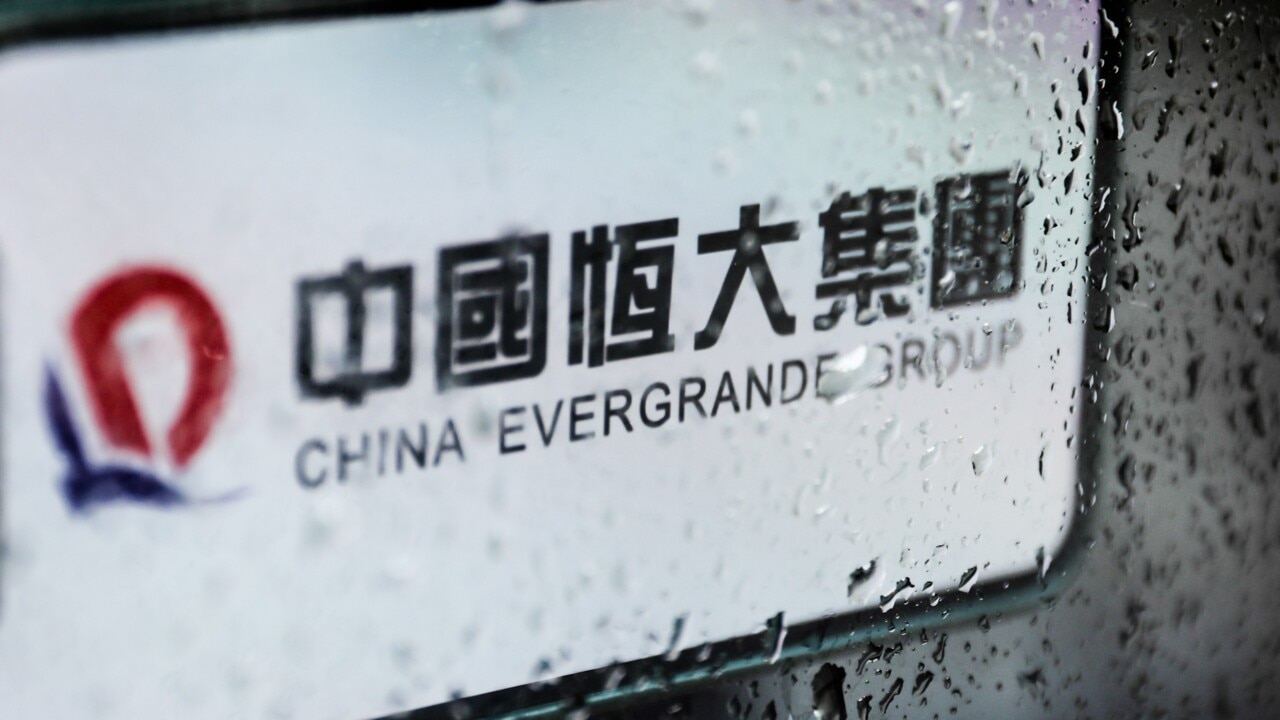
Economy
Don't miss out on the headlines from Economy. Followed categories will be added to My News.
China Evergrande Group’s stunning downfall has dominated headlines for weeks now – and now, countless empty, towering Evergrande developments reveal the true extent of the catastrophe.
Evergrande now has the dubious honour of being the world’s most indebted real estate company, after racking up staggering debts of $A408 billion.
The company’s potential collapse would be so huge there have been widespread fears it could end up being China’s “Lehman moment” – a reference to concerns it could trigger a worldwide financial crisis.
But unlike the GFC of 2007-2008, in the Evergrande fiasco, there is clear, physical proof of just how mind-blowing the problem really is.
Buildings lie empty
Part of Evergrande’s business model involved pre-selling apartments to buyers upfront, with the cash used to further the firm’s expansion, while buyers waited for their homes to be completed.
According to research company Capital Economics, there are more than a million units Evergrande has already sold and promised to build, leaving buyers potentially in the lurch.
“Commitments to households and suppliers to deliver pre-sold properties now account for the bulk of the company’s liabilities,” the company claimed last month.
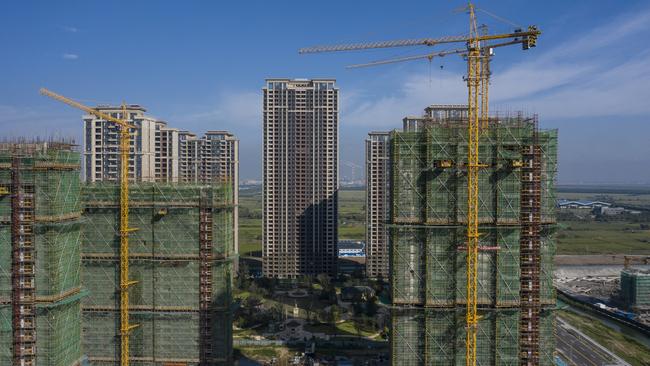
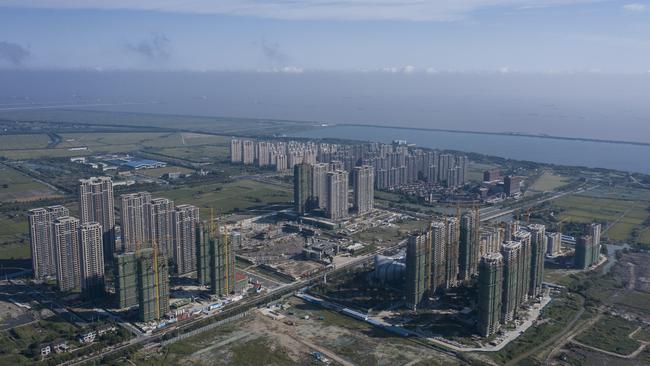
“We estimate that Evergrande had RMB1.3 trillion in pre-sale liabilities at the end of June, equivalent to roughly 1.4 million individual properties that it has committed to complete.”
In a new analysis by The Wall Street Journal, the authors argue that while “global investors are worried the crackdown could trigger financial market distress or a protracted real estate downturn”, everyday people who bought apartments in unfinished blocks are simply “wondering where their money went”.
The publication spoke to a farmer, identified only as Jiang, who said she had recently paid 890,000 yuan ($A189,313) for an unfinished apartment in Lu’an’s Jade Palace development.
But work on the project stopped months ago, leaving investors frantic.
“We spent all our family’s savings on this apartment,” Jiang told The Wall Street Journal.
“We really don’t know what to do.”
The publication reported that smaller cities like Lu’an had been the hardest hit by Evergrande’s possible demise, as “rows of residential towers, some 26 storeys high, stand unfinished in this provincial city”.
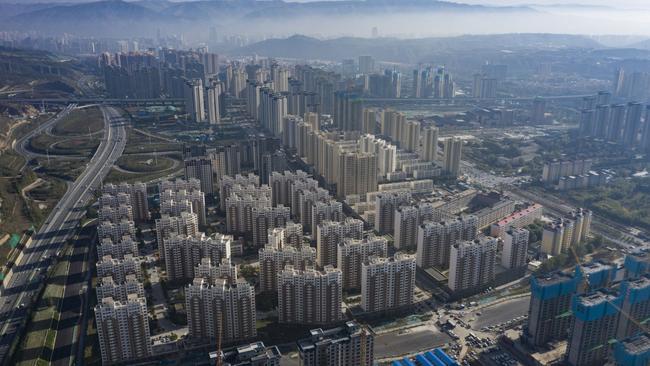
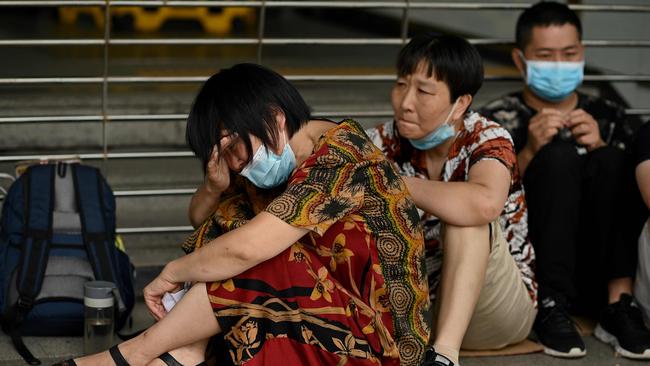
It’s a similar story in other cities Evergrande zeroed in on, with the fate of countless empty developments – and that of their owners – now hanging in the balance.
And it also appears that Evergrande is just the tip of the iceberg, with Rhodium Group director Logan Wright recently telling The Financial Times that China now had enough empty properties to house more than 90 million people.
Trading halted
Meanwhile, Evergrande sent shockwaves through markets yesterday after it suspended trading in its shares in Hong Kong, pending an announcement on a “major transaction”.
It’s not just Evergrande…
— Mr. Whale (@CryptoWhale) October 4, 2021
Dozens of Chinese firms are now being halted from trading in Hong Kong. This is very concerning. pic.twitter.com/XrMspWxtWG
The news came amid reports Hong Kong real estate firm Hopson Development Holdings planned to buy a 51 per cent stake in Evergrande’s property services branch.
“Selling an asset means they are still trying to raise cash to pay the bills,” OCBC analyst Ezien Hoo told Reuters.
“Looks like the property management unit is the easiest to dispose in the grand scheme of things.”
But despite the possible sale, insiders are still worried Evergrande will miss payments on bond obligations and default.
Evergrande’s trading halt was followed by news that dozens of other Chinese companies were halted from trading in Hong Kong, which experts took as a worrying sign of things to come.
Hong Kong stocks fell more than 2 per cent yesterday.
Originally published as Empty Evergrande buildings reveal massive problem facing China



